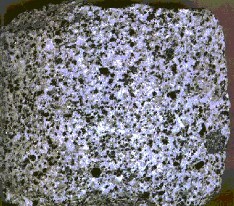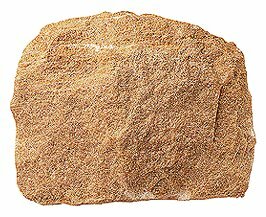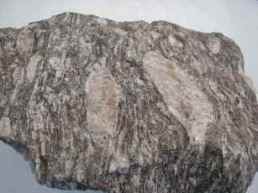The geological structure is extremely important in the formation of mineral resources, in addition to establishing a great influence on the consolidation of reliefs and automatically of the soil.
To understand the geological structure of a place it is necessary to analyze and know the types of rocks present in the place.
Rock is the natural union of minerals, chemical compounds defined as to their composition, can be found throughout the entire surface of the earth.
See some examples of minerals: quartz, graphite, calcite, mica, feldspar, talc, diamond.
The rocks are classified into:

• igneous or magmatic: they are rocks formed by the cooling and solidification of endogenous elements, in this case, the pasty magma. Examples of magmatic rocks are: granite, basalt, diorite and andesite.

• Sedimentary: this type of rock is formed from the accumulation of residues from other types of rock. Examples of sedimentary rocks are: sand, clay, rock salt and limestone.

• Metamorphic: this type of rock has its origin in the transformation of other rocks, due to pressure and temperature. Examples of metamorphic rocks are: gneiss (formed from granite), slate (originated from clay) and marble (limestone formation).
The oldest rocks are the igneous and metamorphic types, which emerged respectively in the Pre-Cambrian and Paleozoic eras. These rocks are called crystalline, because of the crystallization of the minerals that formed them.
Unlike the others, the sedimentary rocks are from more recent formations, from the Paleozoic to the Cenozoic era. These are found on approximately 5% of the Earth's surface.
Thus, minerals and rocks make up a primordial portion of the lithosphere, which corresponds to the set of solid elements that form the continents and islands.
By Eduardo de Freitas
Graduated in Geography
Source: Brazil School - https://brasilescola.uol.com.br/geografia/tipos-rochas.htm

